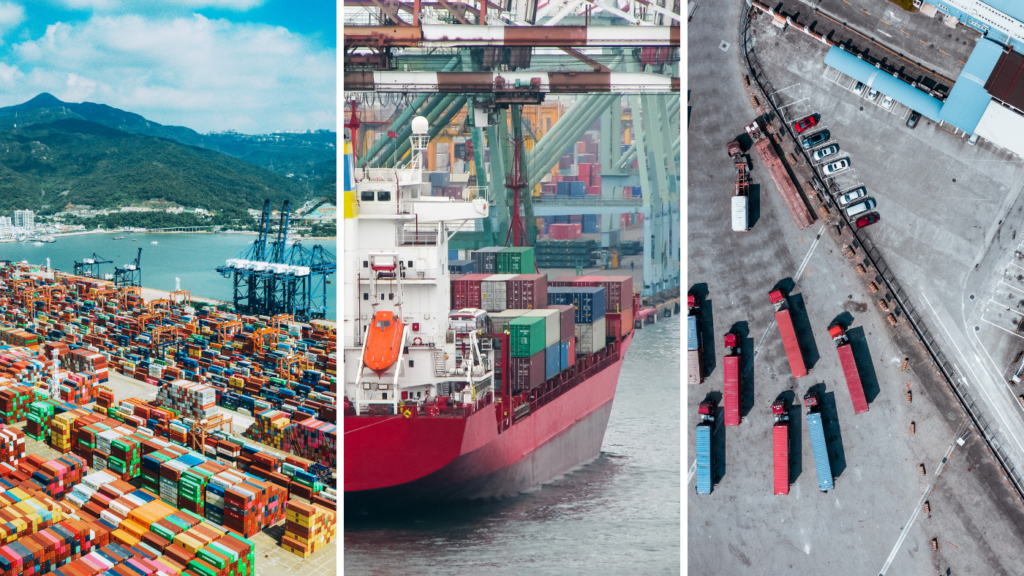EOQ (Economic Order Quantity)
Introduction to EOQ
The Economic Order Quantity (EOQ) model is a crucial tool in inventory management, aiming to strike a balance between ordering costs and holding costs. By determining the optimal order quantity, businesses can better manage their resources, reduce costs, and maintain efficient operations.


Section 2: Mechanics of the EOQ Formula
The EOQ formula is rooted in the interplay between the following factors:
- Ordering Costs (S): These are costs associated with placing an order, irrespective of the order size. This could include administrative costs, shipping fees, or any other expenses incurred during the order process.
- Holding Costs (H): Also known as carrying costs, these are the costs of storing inventory over a specific period. This encompasses storage fees, insurance, potential depreciation, and even costs tied to obsolescence.
- Demand Rate (D): This refers to the number of units required over a certain period, representing the consumption rate of the item.
The EOQ formula is given by:
This formula provides the order quantity that minimizes the total cost, which is a combination of ordering and holding costs.
Benefits of Implementing EOQ
Cost Efficiency
The primary advantage of EOQ is the cost savings it offers. By optimizing order quantities, businesses can significantly reduce associated costs.
Resource Optimization
EOQ ensures that resources aren’t wasted on excessive storage or frequent, smaller orders. This not only saves money but also time and manpower.
Predictability
Having a formula-based approach allows businesses to forecast their needs better, ensuring smoother operations and better financial planning.


Considerations and Limitations
While EOQ is a powerful tool, it’s essential to understand its limitations:
- Static Demand Assumption: EOQ assumes a constant demand, which might not always be the case, especially in industries with seasonal fluctuations.
- Ordering and Holding Costs: The costs used in the EOQ formula need to be accurate. A small misestimation can lead to incorrect order quantities.
- External Factors: Economic changes, supply chain disruptions, or geopolitical issues aren’t factored into the EOQ model but can significantly impact its effectiveness.
Given these limitations, it’s vital to use EOQ as one of several tools in inventory management and not as a standalone solution.
Practical Implementation of EOQ
Implementing EOQ requires proper planning and consideration, and it is not possible to fully describe all the intricacies of the process in this article. However, some elements businesses considering EOQ implementation need to take into account are:
- Data Collection: Gather accurate data on demand rates, ordering costs, and holding costs.
- EOQ Calculation: Use the formula to compute the EOQ for each inventory item.
- Regular Reviews: As business needs and external factors change, it’s crucial to revisit the EOQ calculations periodically to ensure they remain accurate.

Disclaimer: This content provides an introductory understanding of EOQ and is meant for informational purposes. It does not serve as financial, operational, or legal advice. Businesses should consult with professionals for specific guidance.
Contact Us
The world of logistics is complex and full of technical, financial, and business elements. The logistics experts at Phoenix International deliver top-quality freight forwarding service, supported by powerful technology and decades of experience. Contact us and let us know how we can help you!
